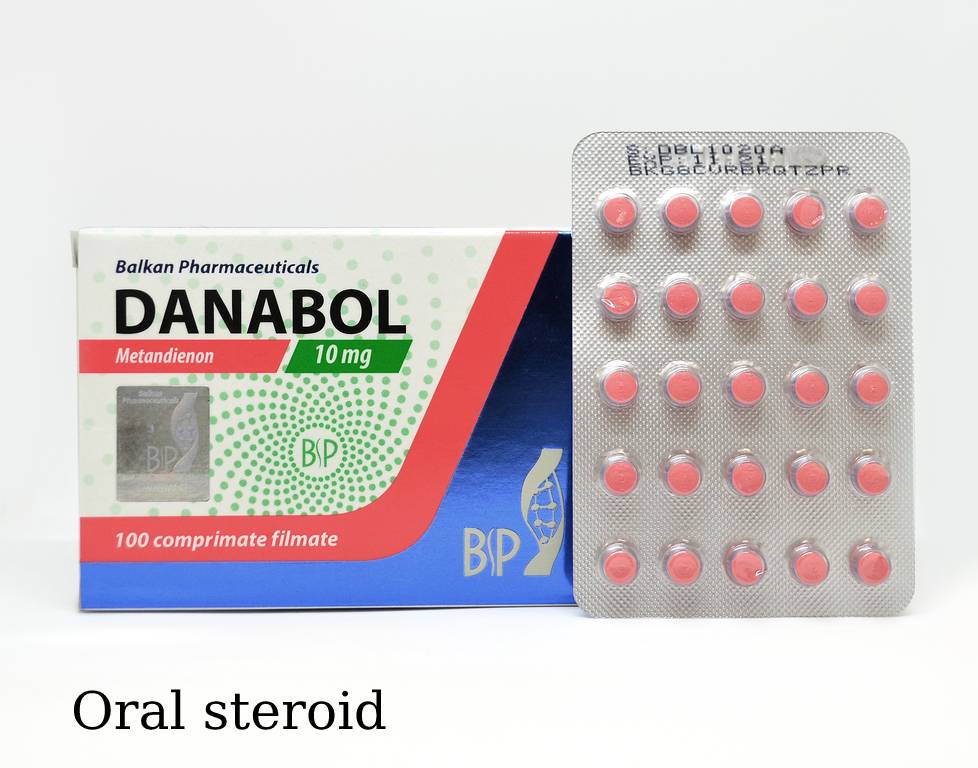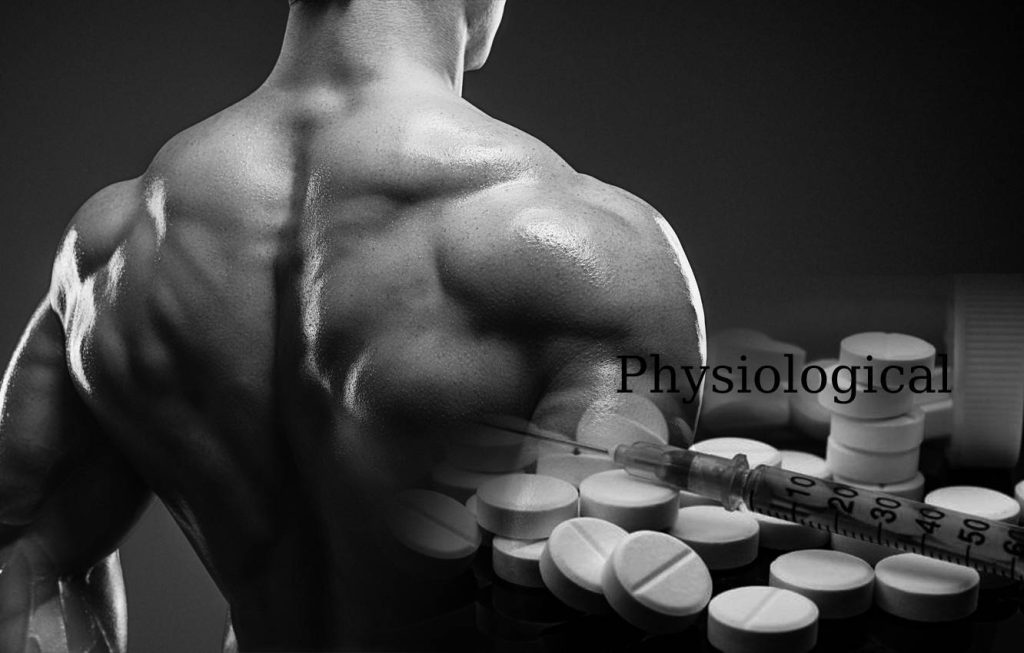
Steroids
Anabolic agents are substances that aim to enhance the anabolic action of the body, that is, substances that promote the formation and regeneration of structural parts of cells, tissues and muscle structures. According to the international classification, ATC belongs to group A – “digestive tract and metabolism”, subgroup A14 – “anabolic drugs”, subgroup A14A.
classification.
We divide them into steroidal and nonsteroidal. Steroid substances are called anabolic androgen steroids.

Steroids include:
- Androstan derivatives, ATC group A14AA
- Methanedienone (A14AA03). Synonyms: Methandrostenolone, Dianabol, Danabol, Dianoged, Methane.
- Estrender Derivatives, Group ATX A14AB
- Nandrolone Decanoate (A14AB01). Synonyms: retabolil, nandrolone phenylpropionate, nandrolone, deca.

Non-steroidal anabolic substances are not included in the international ATC classification and include
Diocomethyltetrahydropyrimidine, trade name:
- methyluracil
- potassium orotate
- Riboxin
Therapeutic action
The therapeutic effect is manifested by an increase in appetite, acceleration of the regenerative process and weight gain. When used interchangeably, muscle mass increases and the percentage of body fat decreases. Fixes calcium and phosphorus in teeth and bones and improves overall endurance and performance. The functional state of the brain is improved. Improves oxygenation of blood vessels and tissues.

Indication of use
Anabolic drugs are used in medical practice to recover from long-term serious illness. Anabolic steroids are often used as dopants in sports to cause side effects. Anabolic steroids are on the WADA banned list.
Physiological
Depending on how long you use the drug, your immune system is likely to be compromised. Most of these side effects are dose-dependent, the most common of which is elevated blood pressure, especially in patients with pre-existing hypertension. It can also cause morphological changes in the heart, which can have lasting negative effects on the cardiovascular system.
